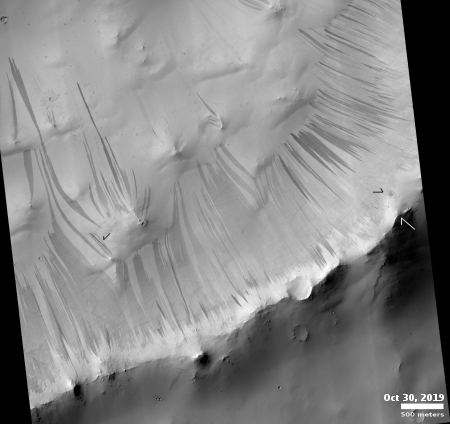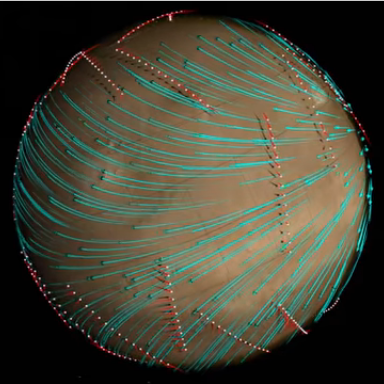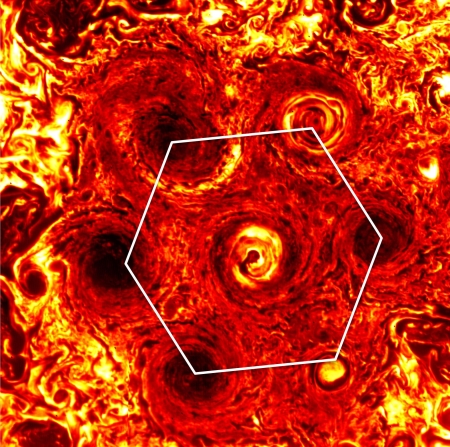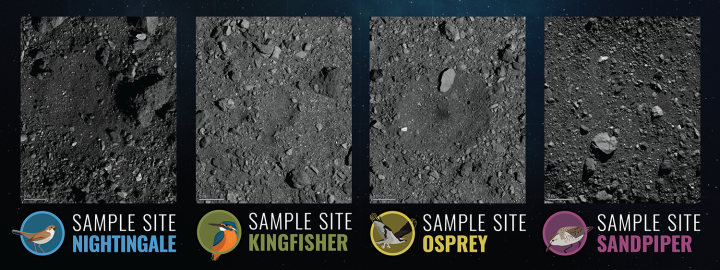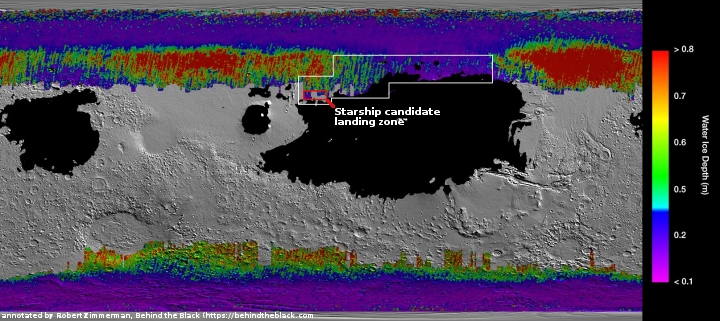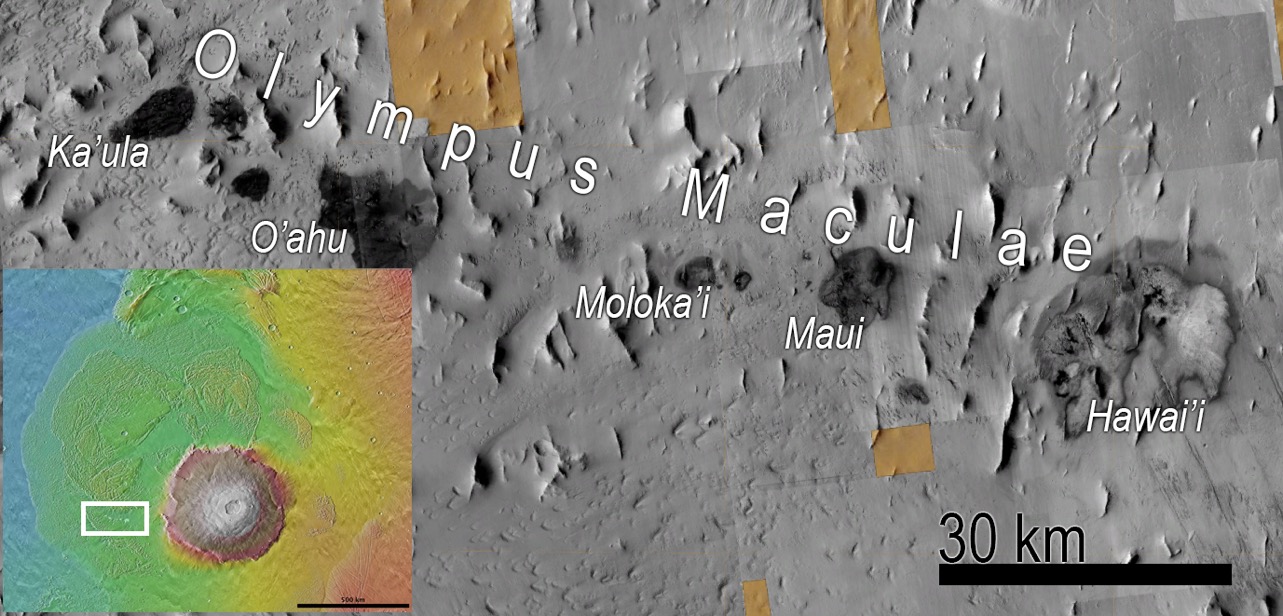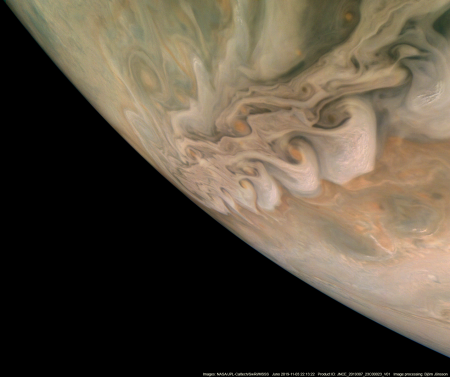Rocket Lab begins construction on 2nd New Zealand launchpad
Capitalism in space: Rocket Lab has begun construction on a second launchpad at its New Zealand spaceport.
The new pad, known as Launch Complex 1 Pad B, is due for completion in late 2020. Rocket Lab says LC-1B will support increased launch frequency; enable back-to-back missions within days; and ensure that a pad is always ready to support rapid call-up launch. The existing pad at New Zealand’s Launch Complex 1 will be LC-1A.
This new pad will give Rocket Lab three launchpads total, two in New Zealand and one in Virginia, and when all are operational the company says it will be able to launch more than 130 times per year. That’s more launches than the entire world routinely launches.
Capitalism in space: Rocket Lab has begun construction on a second launchpad at its New Zealand spaceport.
The new pad, known as Launch Complex 1 Pad B, is due for completion in late 2020. Rocket Lab says LC-1B will support increased launch frequency; enable back-to-back missions within days; and ensure that a pad is always ready to support rapid call-up launch. The existing pad at New Zealand’s Launch Complex 1 will be LC-1A.
This new pad will give Rocket Lab three launchpads total, two in New Zealand and one in Virginia, and when all are operational the company says it will be able to launch more than 130 times per year. That’s more launches than the entire world routinely launches.

